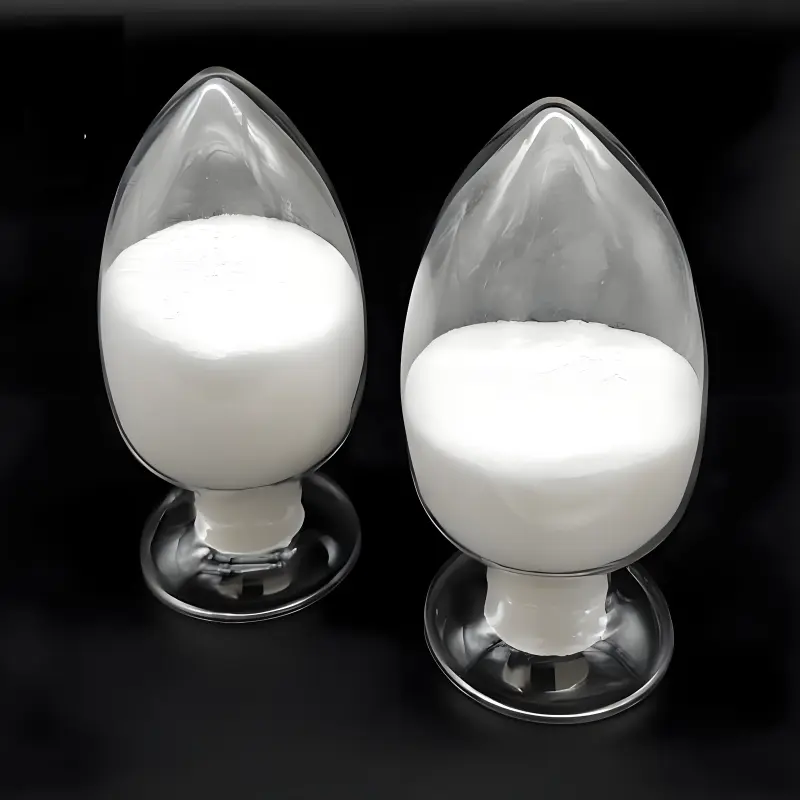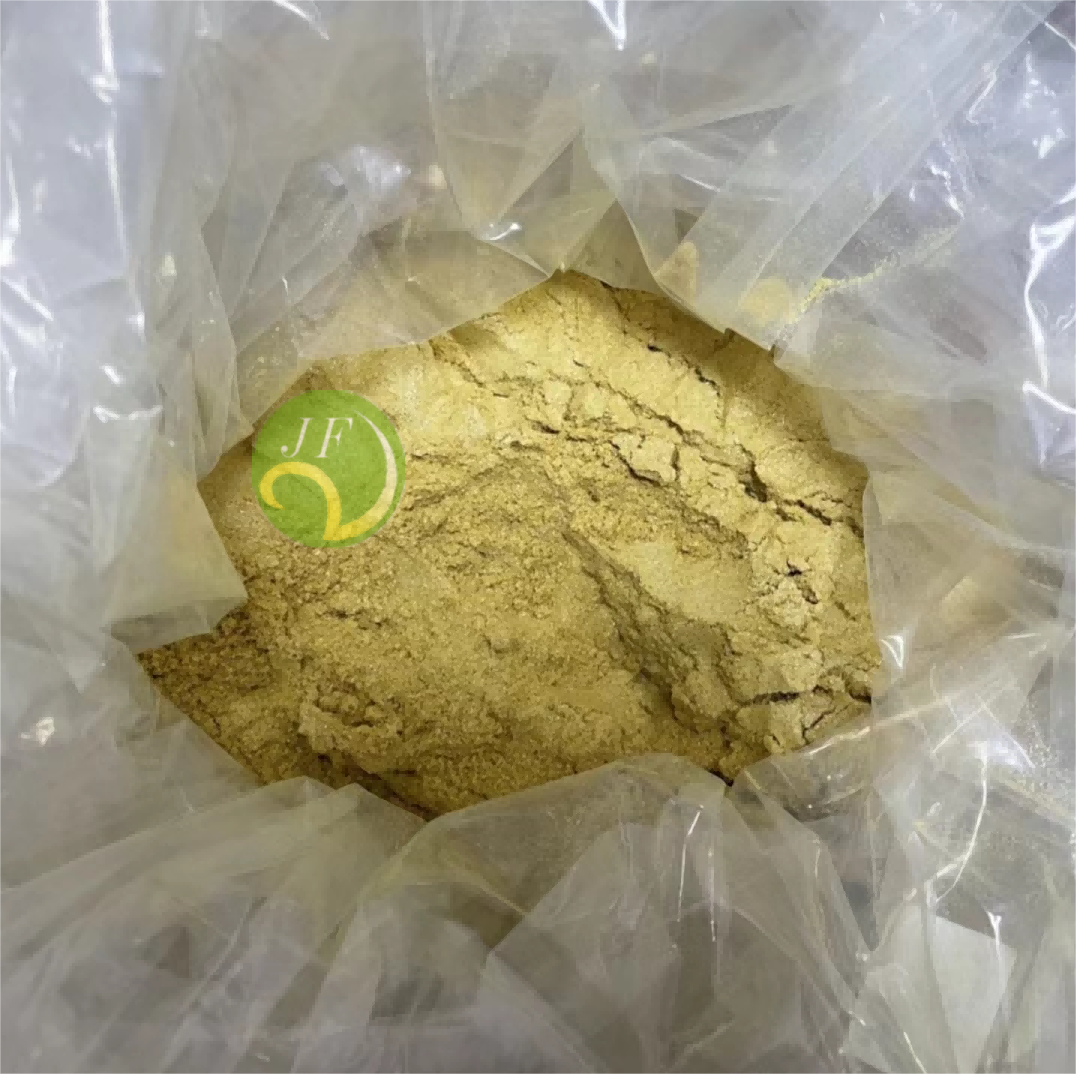-
Categories
-
Pharmaceutical Intermediates
-
Active Pharmaceutical Ingredients
-
Food Additives
- Industrial Coatings
- Agrochemicals
- Dyes and Pigments
- Surfactant
- Flavors and Fragrances
- Chemical Reagents
- Catalyst and Auxiliary
- Natural Products
- Inorganic Chemistry
-
Organic Chemistry
-
Biochemical Engineering
- Analytical Chemistry
-
Cosmetic Ingredient
- Water Treatment Chemical
-
Pharmaceutical Intermediates
Promotion
ECHEMI Mall
Wholesale
Weekly Price
Exhibition
News
-
Trade Service
Obesity is a common combination of asthma and is associated with poor asthma control, frequent onset/exacerbation, and reduced responsiveness to asthma medication.
recently, a study published in Eur Respir J, an authoritative journal in the field of respiratory diseases, aims to compare the efficacy of various asthma drugs used by people with obesity (BMI of 30 kg m-2) and healthy weight (BMI-lt;25 kg m-2).
researchers searched the CINAHL, Cochrane, EMBASE, and MEDLINE databases to determine the English-language studies published before July 2019 that documented drug use or dosages in obese and healthy-weight asthma patients.
list of key assessments is used to review the methodological quality of qualified studies.
the researchers conducted a meta-analysis and used χ2 tests to assess heterogeneity.
system evaluation is based on a published agreement (PROSPERO:CRD420148671).
meta-analysis showed that obese subjects were more likely to use asthma medications, including; short-acting beta-2-agonists (ratio (OR)=1.75;95%CI:1.17-2.60; p-60 compared to healthy-weight subjects 0.006, I2-41%)and continuous oral glucoticoid therapy (OR=1.86;95%CI:1.49,2.31; p<0.001, I2=0%).
of inhaled glucoticoids (g/day) was significantly higher in obese subjects (average difference: 208.14; 95% CI: 107.01, 309.27; p.lt;0.001, I2= 74%).
FEV1% prediction for obese subjects was significantly lower (average difference of -5.32%; 95% CI: -6.75, -3.89; p.lt;0.001, I2=42%), but no significant difference was observed between groups FEV1/FVC%.
, although FEV1 was lower and FEV1/FVC% was lower, obese asthma patients used both the type of asthma medication and the ICS dose were higher than the normal weight of asthma patients.
need to better understand the factors that lead to increased drug use to improve the prognostics of the asthma subset.
.






